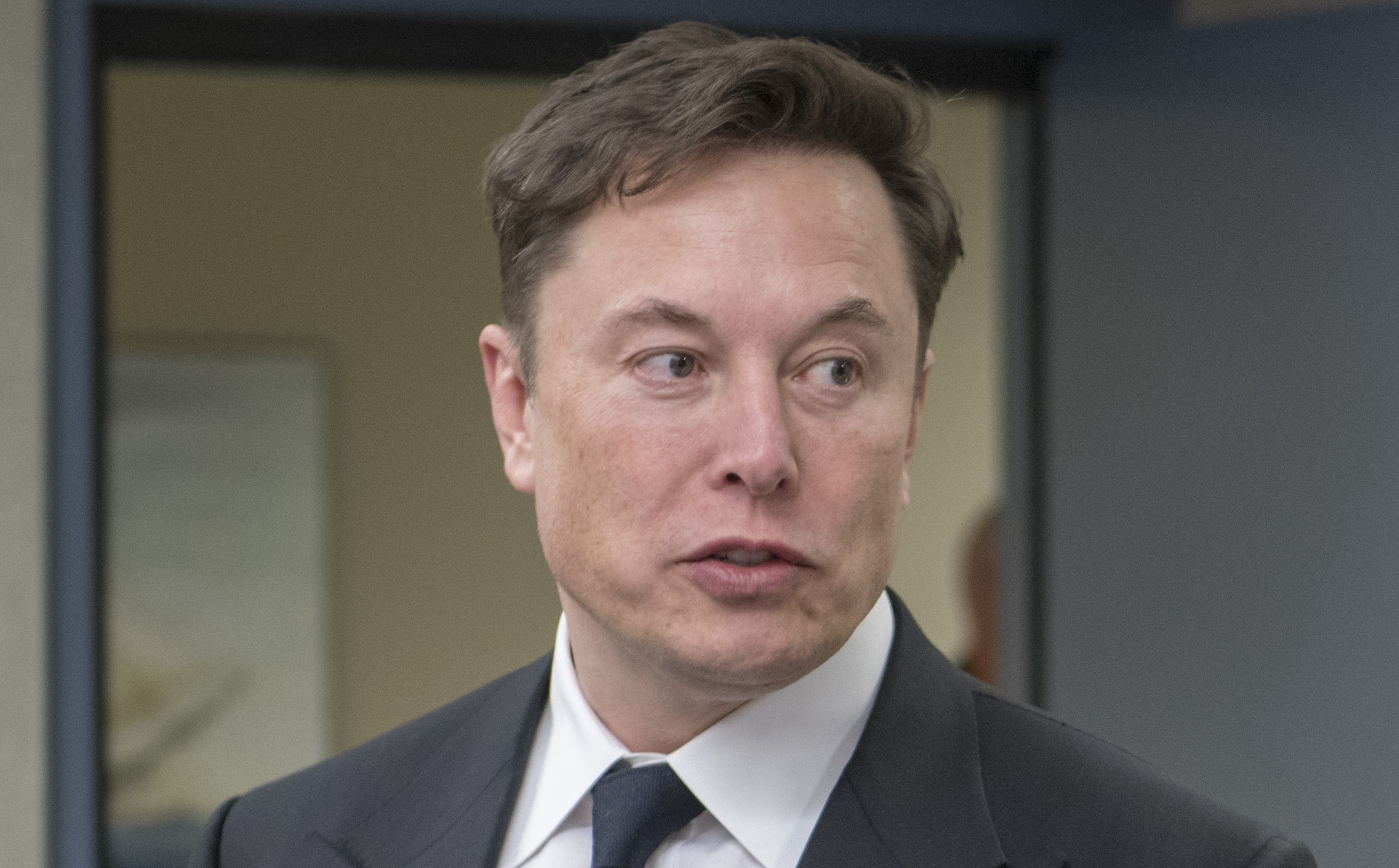
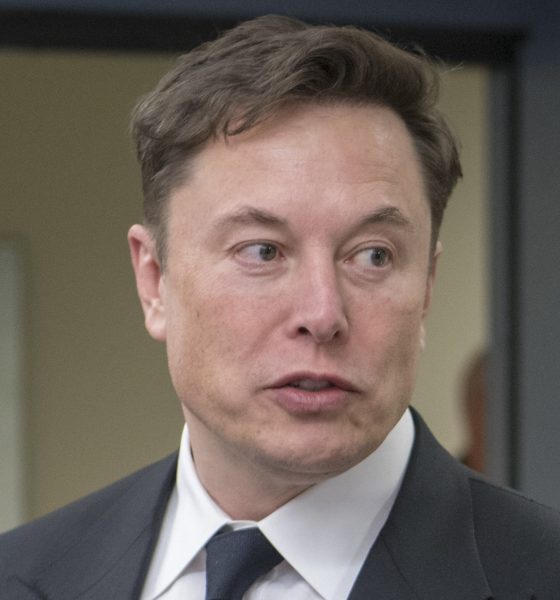
News
Brazil crackdown on X continues with up to $8.9k daily fine for VPN users
Brazil’s ongoing crackdown on Elon Musk’s X is picking up pace, with Supreme Court Judge Alexandre de Moraes ordering the “immediate and complete suspension” of the social media platform unless it complies with all court orders. The Supreme Court Judge also warned that individuals or businesses using virtual private networks (VPNs) to access X would be fined R$50,000 ($8,900) per day.
X’s conflict in Brazil started in April when Judge de Moraes ordered the suspension of dozens of X accounts over alleged disinformation, as per a report from the BBC. X refused to comply, with Tesla CEO Elon Musk stating that some of the accounts the Supreme Court Judge was asking to suspend included sitting members of the Brazilian parliament and many journalists.
In a post on its X Global Government Affairs account, the social media platform explained that when it tried to defend its actions in Brazilian court, Judge de Moraes threatened the company’s legal representative with imprisonment. Even after X’s legal representative had left the social media platform, her bank accounts were frozen just the same.
Soon, we expect Judge Alexandre de Moraes will order X to be shut down in Brazil – simply because we would not comply with his illegal orders to censor his political opponents. These enemies include a duly elected Senator and a 16-year-old girl, among others.
When we attempted…— Global Government Affairs (@GlobalAffairs) August 29, 2024
“When we attempted to defend ourselves in court, Judge de Moraes threatened our Brazilian legal representative with imprisonment. Even after she resigned, he froze all of her bank accounts. Our challenges against his manifestly illegal actions were either dismissed or ignored. Judge de Moraes’ colleagues on the Supreme Court are either unwilling or unable to stand up to him,” X wrote in its post.
The head of Brazil’s telecommunications agency has noted that it is proceeding with compliance to suspend X in the country, as per a Reuters report. Judge de Moraes has also given companies like Apple and Google five days to remove X from their Brazil app stores and block the social media platform from iOS and Android devices.
Interestingly enough, X is not the only social media platform that has been caught in the crosshairs in Brazil. Last year, Telegram saw a temporary ban over its alleged failure to cooperate with requests to block certain profiles. WhatsApp had also faced temporary bans in 2015 and 2016 over its refusal to comply with police’s requests for user data. X is particularly popular in Brazil, however, with the social media platform estimated to be used by at least a tenth of the country’s 200 million population.
Don’t hesitate to contact us with news tips. Just send a message to simon@teslarati.com to give us a heads up.

News
Elon Musk gives honest take on when Tesla will see serious FSD competition
Musk’s comments came on the heels of NVIDIA’s announcement of its Alpamayo system, which also uses AI to accelerate the development of autonomous driving solutions.
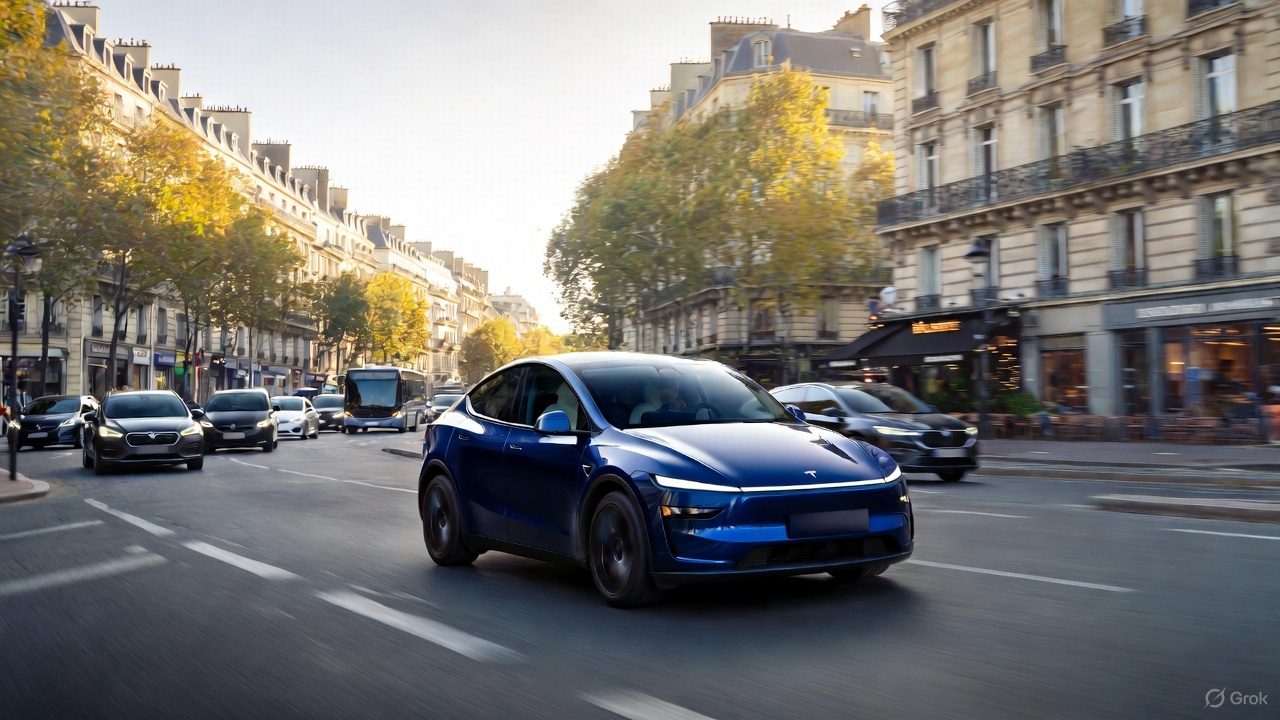
Elon Musk has provided a candid estimate on potential challengers to Tesla’s Full Self-Driving (FSD) technology.
Musk’s comments came on the heels of NVIDIA’s announcement of its Alpamayo system, which also uses artificial intelligence to accelerate the development of autonomous driving solutions.
Elon Musk on NVIDIA’s Alpamayo
Following NVIDIA’s announcement, Tesla community members took to X to ask the CEO about his thoughts on Alpamayo, which seemed like a direct competitor to FSD. The fact that Alpamayo also uses AI to navigate real-world roads resulted in many arguing that the system could spell the end of Tesla’s autonomous driving aspirations.
In a response on X, Musk acknowledged that NVIDIA’s Alpamayo is doing exactly what Tesla is doing. And while he seriously hopes NVIDIA will succeed, Musk predicted that “they will find is that it’s easy to get to 99% and then super hard to solve the long tail of the distribution.”
FSD’s competition
In later posts, Musk also responded to a post discussing FSD’s progress and its potential competition in the future. In response to a longtime Tesla community member who noted that Alpamayo’s arrival does not mean FSD is doomed, Musk stated that this will indeed be the case. He then noted that, given how Tesla’s rivals operate, solutions like Alpamayo will only exert competitive pressure on Tesla in about 5-6 years, or perhaps longer.
“You’re right. The actual time from when FSD sort of works to where it is much safer than a human is several years. The legacy car companies won’t design the cameras and AI computers into their cars at scale until several years after that. So this is maybe a competitive pressure on Tesla in 5 or 6 years, but probably longer,” Musk wrote in his response on X.
News
Tesla rolls out tasty new trade-in deal for a limited time
Tesla has rolled out a tasty new trade-in deal in the United Kingdom for a limited time, knocking just over the equivalent of $5,000 off of the price of a new or inventory Model 3 or Model Y.
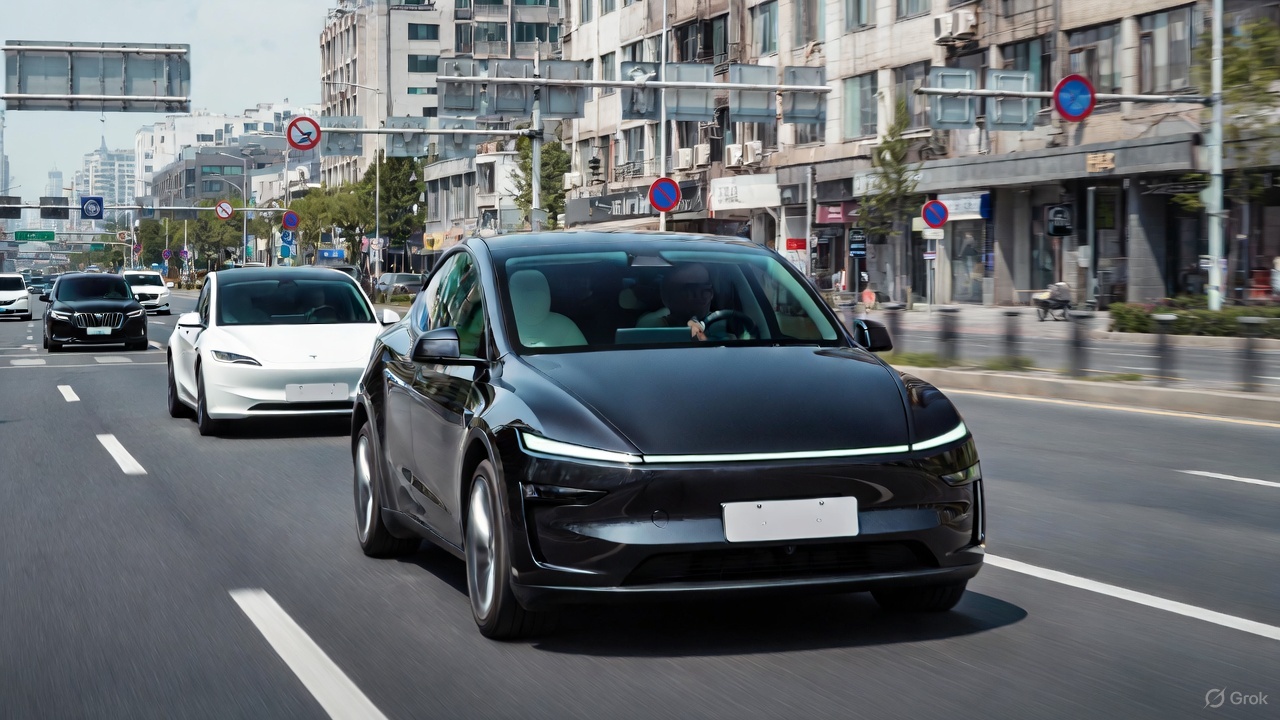
Tesla has rolled out a tasty new trade-in deal in the United Kingdom for a limited time, knocking just over the equivalent of $5,000 off of the price of a new or inventory Model 3 or Model Y.
The move, which could be a great way to incentivize sales in the United Kingdom, will take off £3,750 ($5,043) from the price of either of Tesla’s two most popular models, but it’s only valid until March 31, 2026. It requires the order and delivery to take place within the first quarter to qualify for the discount.
NEWS: Tesla UK is offering a £3,750 ($5,043 USD) trade-in bonus towards a new Tesla if you trade in your current car.
Must order and take delivery before March 31, 2026. pic.twitter.com/ZBLoZaLMvT
— Sawyer Merritt (@SawyerMerritt) January 2, 2026
The bonus is designed to lower the cost barrier for switching to electric vehicles, stacking the £3,750 on top of the actual trade-in value of any eligible car — this includes petrol, diesel, or even an EV from another automaker. It applies to both new builds and inventory vehicles, including test drive and showroom models, but excludes certified pre-owned Teslas.
This promotion comes amid intensifying competition in the European EV sector. Chinese giant BYD, which snatched the EV sales title from Tesla for 2025, has been aggressively expanding in the European market, undercutting prices and capturing market share with its widely affordable models, including the Seagull.
Tesla’s strategy echoes similar incentives that have been offered in other markets at different times. With UK EV adoption hovering around 20 percent of new car sales in 2025, such deals could accelerate the transition, especially as government mandates phase out fossil fuels by 2035.
There have been enthusiastic reactions to the offer on X, the social media platform owned by Tesla CEO Elon Musk. These incentive programs are few and far between, and are never predictable in terms of availability. However, Tesla could be using this discount to get the year off to a good start.
For potential buyers, the deal underscores Tesla’s agility in a competitive landscape. As EV infrastructure improves and battery tech advances, incentives like this could tip the scales for those who might be more hesitant to make the jump.
With Q1 2026 deliveries ramping up and Tesla coming off a yearly decline in deliveries, the company is undoubtedly looking to push things forward and get the year off to a great start.
News
Lucid and Uber team with Nuro for new robotaxi program with Gravity SUV
The plan currently is to launch it to the public in the Bay later this year.
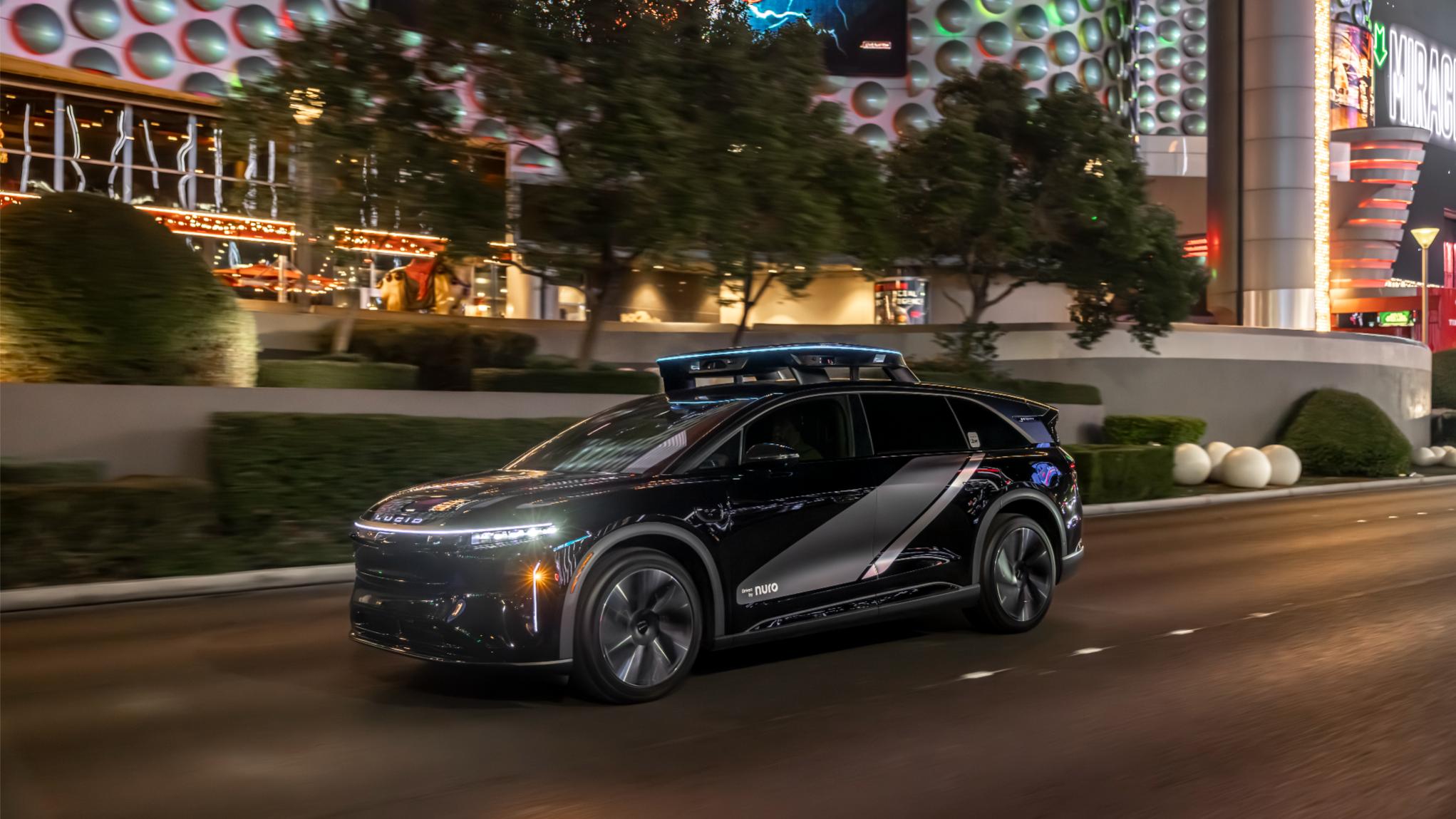
Lucid and Uber are teaming up with Nuro to launch an autonomous robotaxi program utilizing the automaker’s Gravity SUV. The project will be unveiled at CES 2026, introducing an in-cabin rider experience completely designed by Uber, the world’s largest ride-sharing service.
Back in 2025, the partnership between the three companies was announced, aiming to launch a unique ride-sharing platform using over 20,000 Lucid vehicles equipped with the Nuro Driver technology. The vehicles are owned and operated by Uber.
The companies have already initiated some testing in the San Francisco Bay Area, which is a big step in the right direction for the project. The plan currently is to launch it to the public in the Bay later this year. Nuro will lead the testing using robotaxi engineering prototypes that are supervised by autonomous vehicle operators.
Currently, there are over 100 robotaxis in the Engineering Test Fleet.

The Gravity vehicles are fitted with a next-gen sensor array featuring high-res cameras, solid-state LiDAR sensors, and radars that will provide a 360-perception model, as well as a “purpose-built roof-mounted halo designed to maximize sensor visibility,” which is seen on top of the Gravity unit above.
The halo also has integrated LEDs to help riders more easily identify the correct vehicle by displaying their initials. The halo will also provide clear status updates from pickup through dropoff.

These units for the robotaxi program between the three companies will start being produced later this year at Lucid’s Arizona AMP-1 factory.
Uber chose the Lucid Gravity specifically due to its “unprecedented comfort” and its reputation, as it was named to Car and Driver’s 10 Best for 2026. But Uber is customizing some things for the Gravity so that it is specifically catered to robotaxi riders:
- For the first time, Uber is designing the in-vehicle rider experience, which will include interactive screens with entertainment and climate control options, as well as support contacts and vehicle maneuver requests, like a request to pull over.
- It will also have in-vehicle visualization, showing what the robotaxi sees and its path in real-time. This will be a nice transition for those who are skeptical about driverless vehicles, and will show what the vehicle and its sensors, LiDAR, and cameras see.
- The Gravity is also a sizeable SUV, which will give riders space for themselves and their luggage.
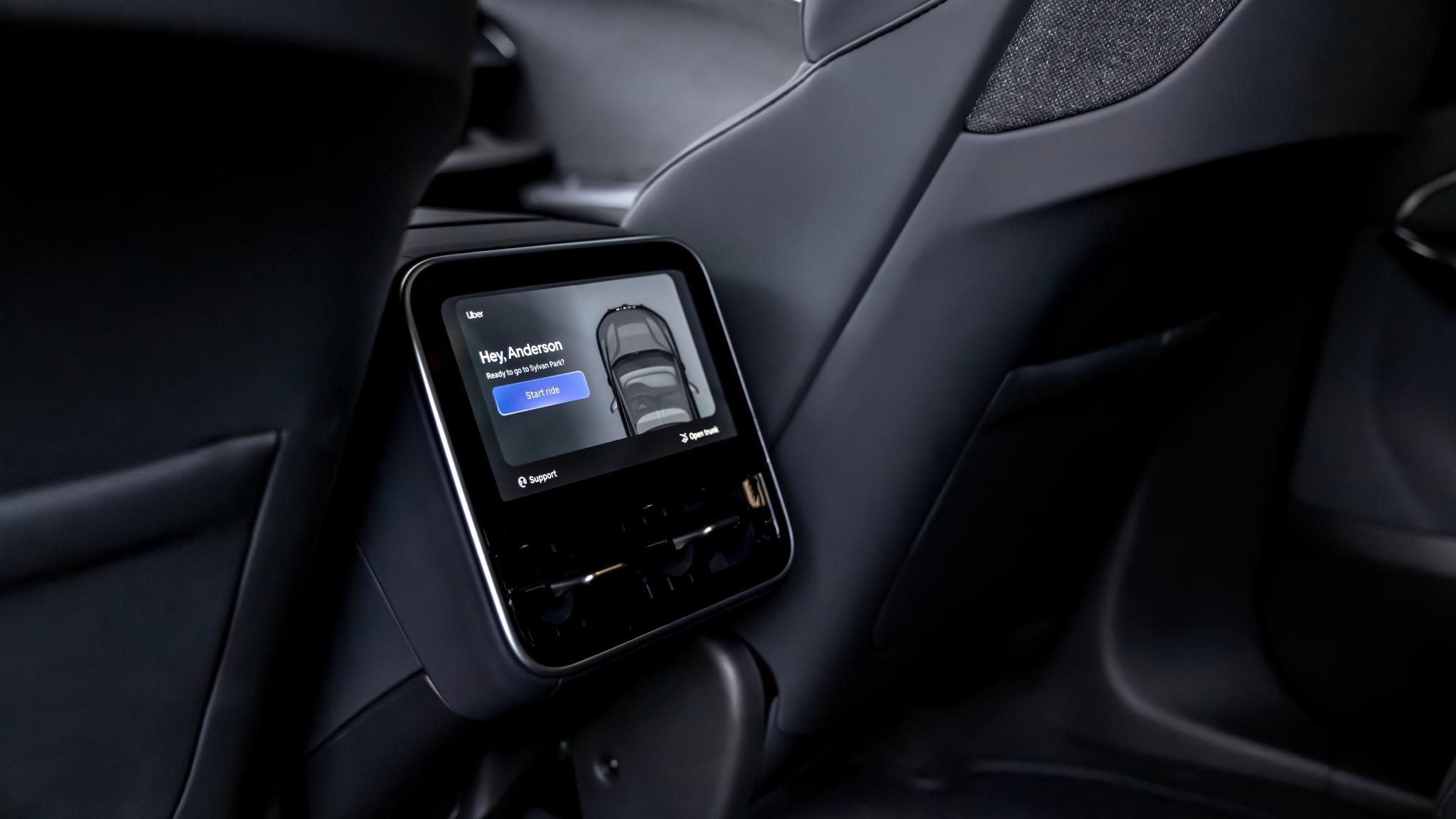
This is the latest application of a ride-hailing platform that leans on autonomy for its operation, essentially phasing out the need for human drivers in various markets, starting with the Bay Area.
More companies are dipping their toes in the project, giving them the opportunity to establish some early momentum, as there are only a handful of companies that are currently operating this in the United States. Uber, Lucid, and Nuro aim to be the next, and initiating this program at this time is big for their chance at success.








